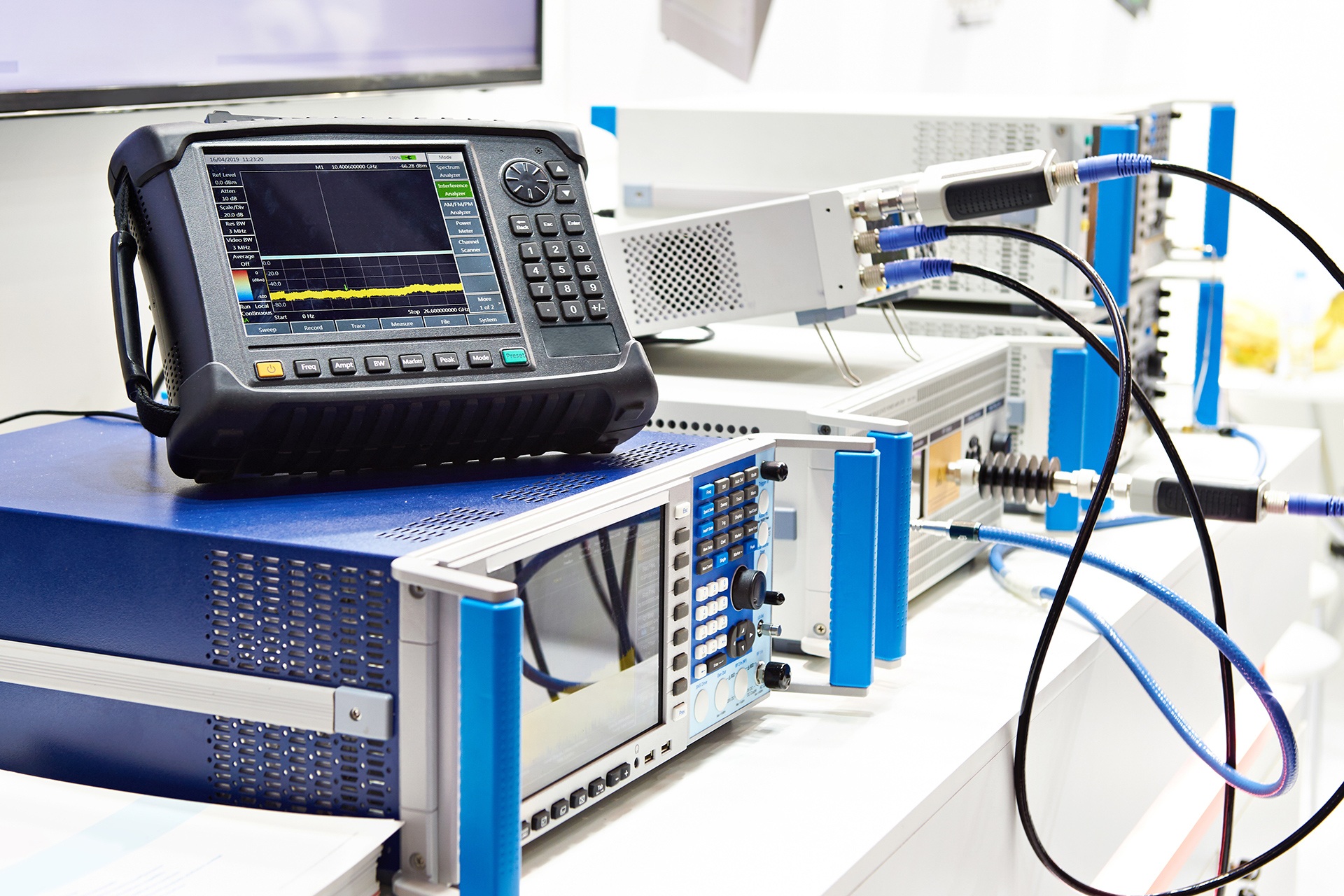You've possibly heard the terms calibration, confirmation, and change used mutually in your work environment, however they're in fact 3 distinct processes that serve different purposes in preserving measurement accuracy. If you are in charge of quality control or instrument management, blending these ideas could cause compliance problems, costly mistakes, and undependable data. Comprehending when to use each process-- and why-- can transform exactly how your company approaches measurement integrity and governing compliance.What Is Calibration and Why Does It Matter?Precision drives every trustworthy measurement system, yet even the most advanced instruments drift from their intended precision with time. That's where calibration comes to be essential.You're basically contrasting your test and measurement instruments against known recommendation standards to identify their accuracy. This process does not include making modifications-- it's simply regarding recording how your equipment performs versus established benchmarks.Calibration matters because it ensures measurement traceability to nationwide requirements, which is important for keeping quality in your procedures. When you collaborate with approved calibration laboratories complying with ISO IEC standards, you're establishing self-confidence in your data.This paperwork ends up being important for regulative compliance and quality assurance programs. Unlike confirmation or adjustment, calibration offers the foundational understanding regarding your instrument's present performance status.The Role of
Verification in Quality mechanical calibration Control While calibration tells you just how your instrument does, verification confirms whether that efficiency meets your particular requirements.You'll make use of confirmation as a quality control checkpoint to guarantee your instruments maintain appropriate precision levels in between formal calibration services. This process involves comparing your instrument's measurements against recognized standards to confirm it's still running within your well established tolerances.Unlike recognized calibration, verification does not need comprehensive documents
or certifications. You're merely verifying your testing instruments haven't wandered past appropriate limits.This structured process assists you capture measurement problems early, avoiding pricey quality troubles downstream. By carrying out regular verification schedules, you'll keep self-confidence in your measurement process while extending periods between formal calibrations.Verification acts as your initial line of defense in maintaining measurement integrity.When and Just how to Perform Instrument Adjustments When your verification results program dimensions falling outside appropriate resistances, you'll require to do instrument adjustments to bring back accuracy.These changes entail physical or digital modifications to your measuring equipment to bring analyses back within specifications.Before making adjustments, you'll want to recognize the origin of discrepancies with systematic troubleshooting.Document all change treatments and verify results quickly afterward.If your instruments need intricate changes past your capabilities, call accredited instrument calibration services or calibration and repair services.Professional high quality calibration services offer ISO IEC accredited calibration with comprehensive customer services support.They'll perform precise changes using licensed recommendation criteria, ensuring your precision measurements satisfy industry requirements.Key Distinctions In between These Three Essential Processes Although these three processes interact to ensure measurement accuracy, calibration, confirmation, and modification
offer noticeably different functions in your quality control system.Calibration services establish traceability by contrasting your measuring equipment
against licensed recommendation requirements, usually performed by recognized calibration laboratories adhering to ISO 17025 requirements.Verification verifies your laboratory instrument fulfills defined resistances without making changes, essentially examining if it's still within appropriate limits.Adjustment includes physically modifying your equipment's setups to remedy inconsistencies and recover accuracy.You'll require accredited calibration for lawful compliance and precision dimensions, verification for regular quality checks, and change just when dimensions drift past specifications.Quality calibration services take care of the complicated traceability needs, while you can commonly do confirmation and adjustment in-house for your test and measurement activities.Best Practices for Execution in Your Organization Considering that your organization's measurement accuracy depends on systematic application, you'll require to develop clear methods that specify when and exactly how to perform calibration, confirmation, and change activities.Start by partnering with recognized calibration services that fulfill your industry's compliance requirements. Produce recorded procedures defining measurement periods, precision resistances, and decision standards for each and every process.Train your group to identify
when verification verifies appropriate performance versus when modification ends up being required. Implement a durable metrology management system that tracks instrument histories and schedules preventive maintenance.Establish clear precision dimensional calibration services functions and responsibilities, making certain team understand these aren't compatible processes.Following these ideal techniques
ensures your organization keeps measurement stability while enhancing expenses and minimizing downtime with tactical application of all 3 critical processes.Conclusion You'll achieve optimal instrument performance by carrying out calibration, confirmation, and change as complementary procedures rather than standalone tasks. Don't treat them mutually-- each offers a distinct purpose in your quality management system. You're building measurement self-confidence through calibration's traceability, confirmation's recognition, and modification's precision improvements. Beginning documenting these processes methodically, and you'll preserve regulatory compliance while stopping pricey quality concerns that might affect your company's credibility and profits.
